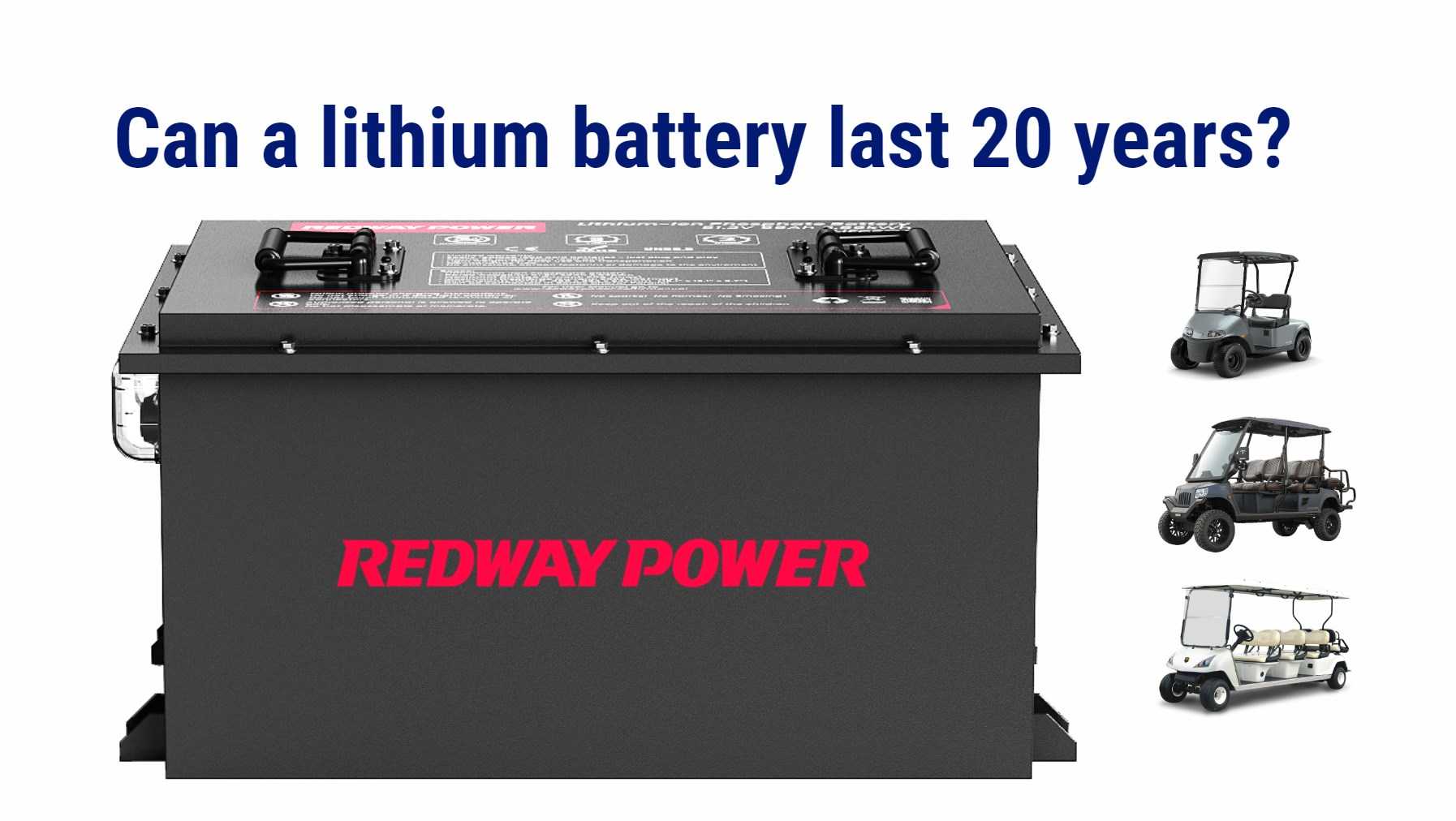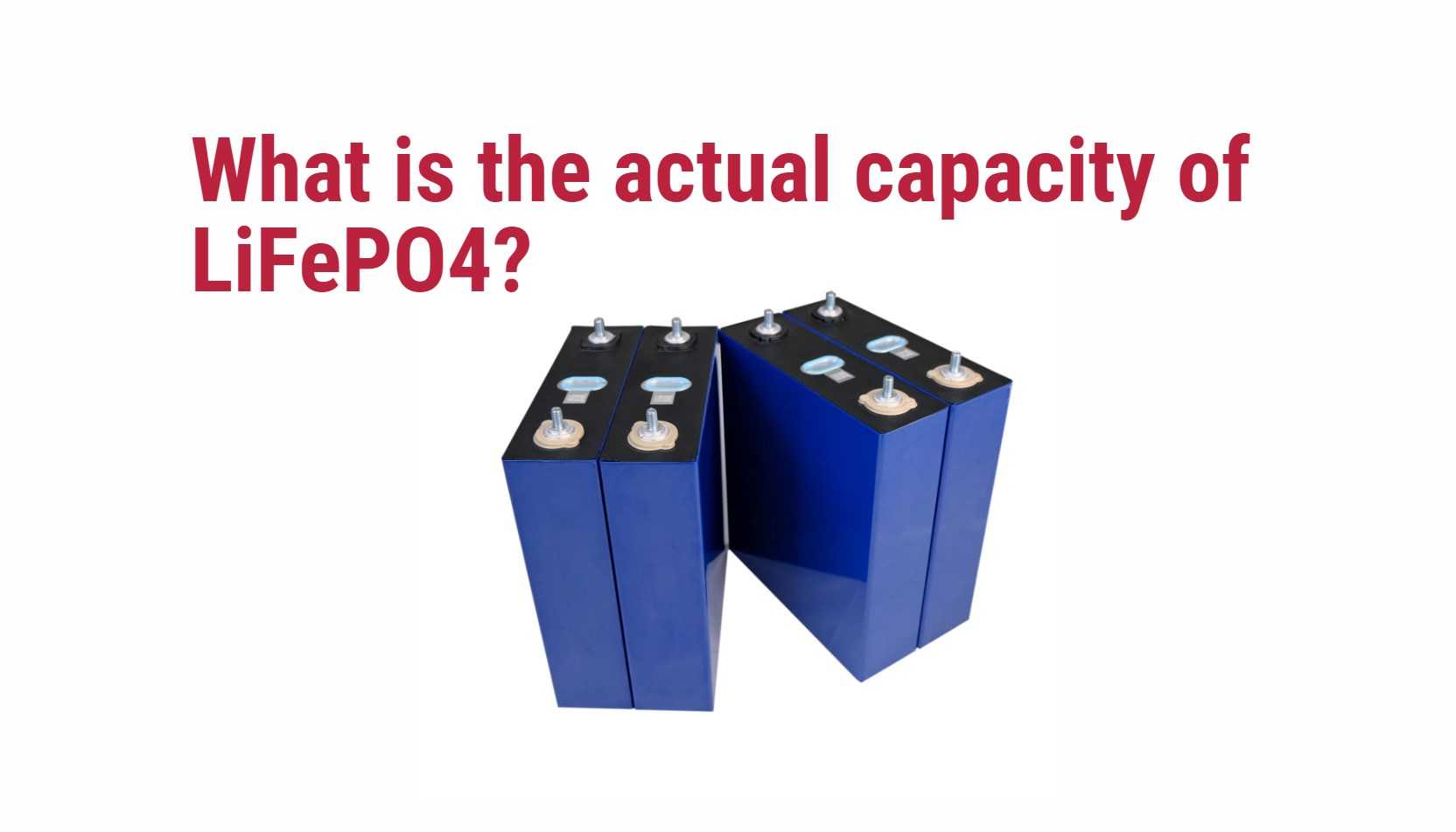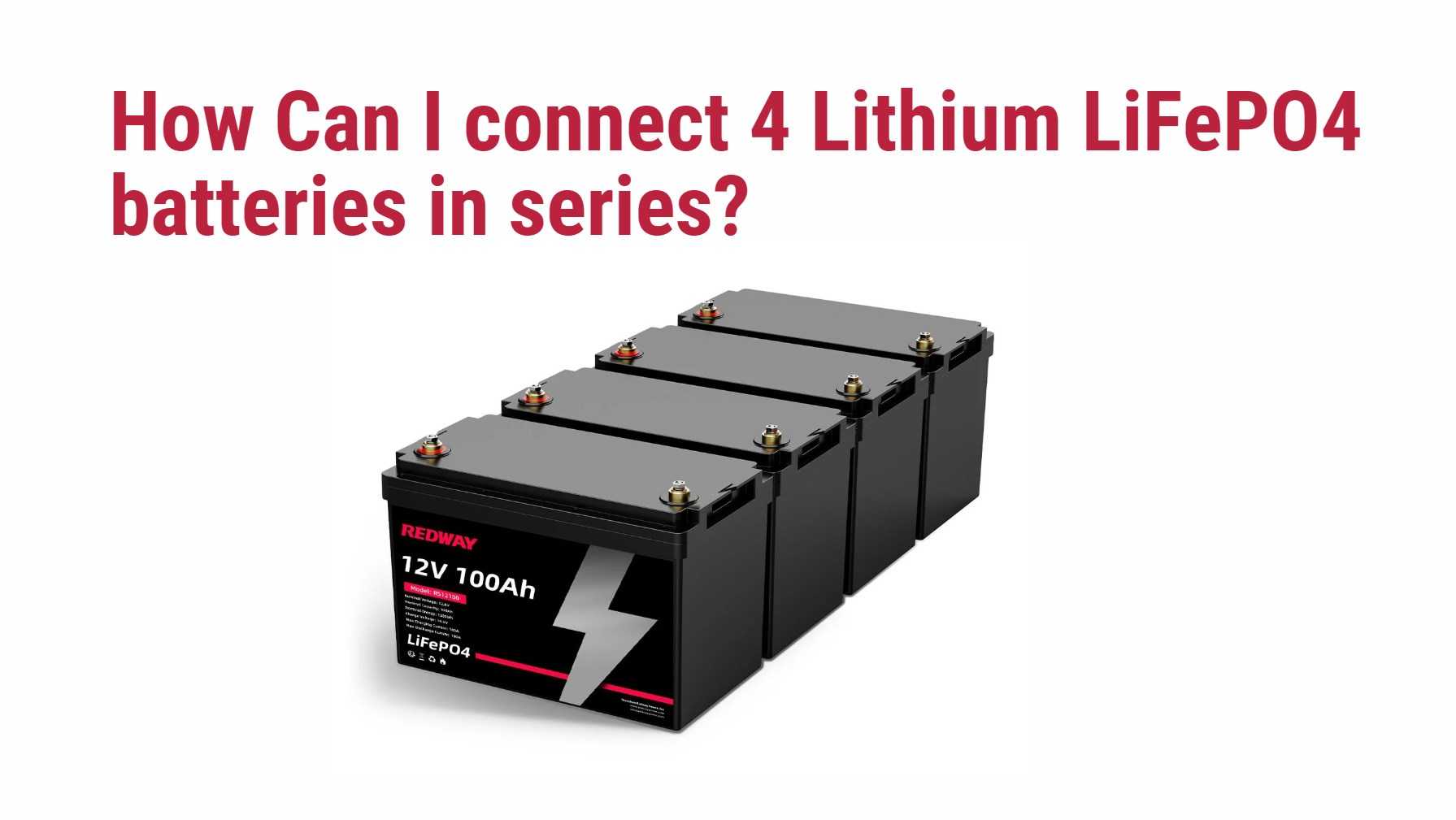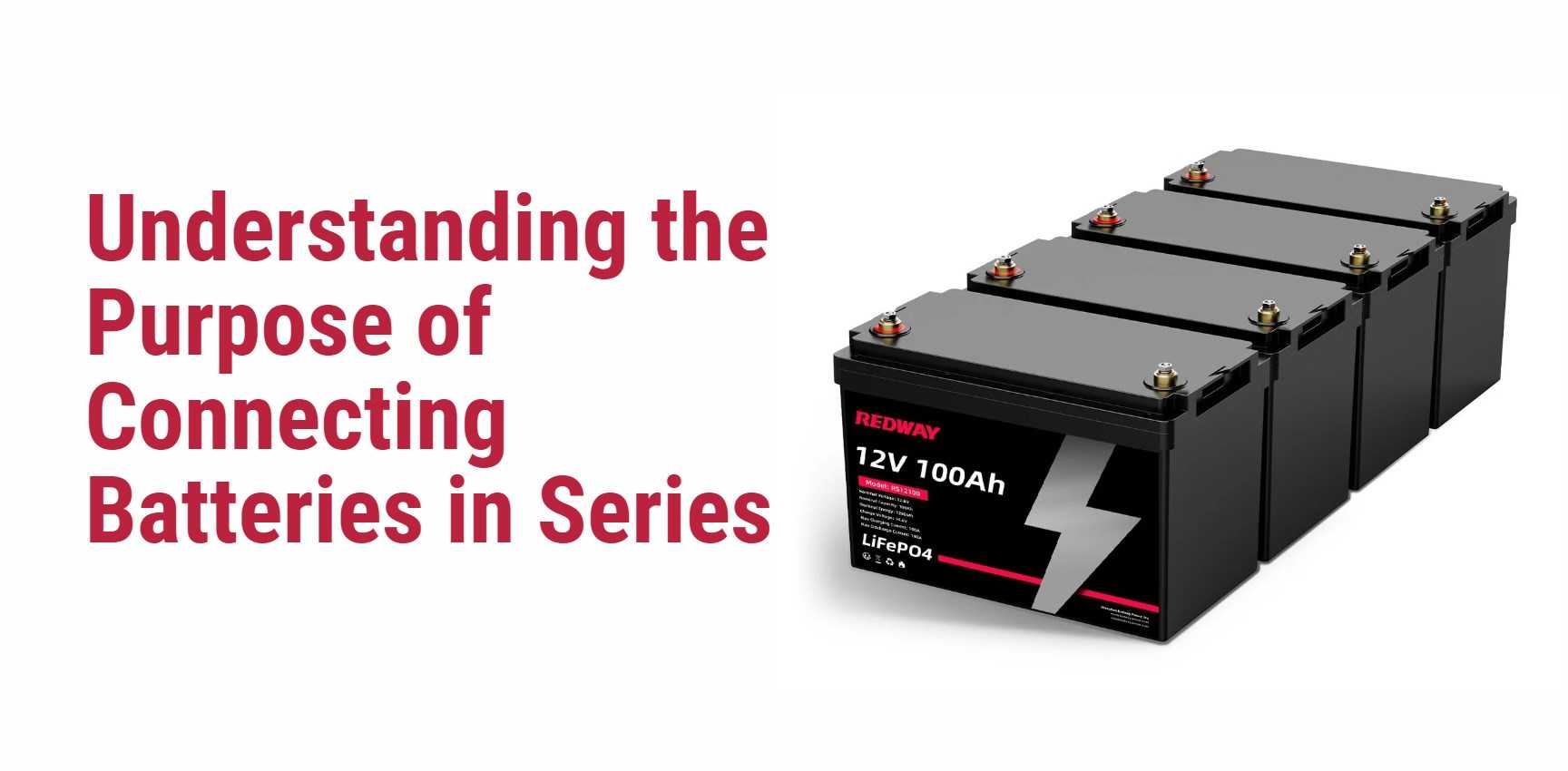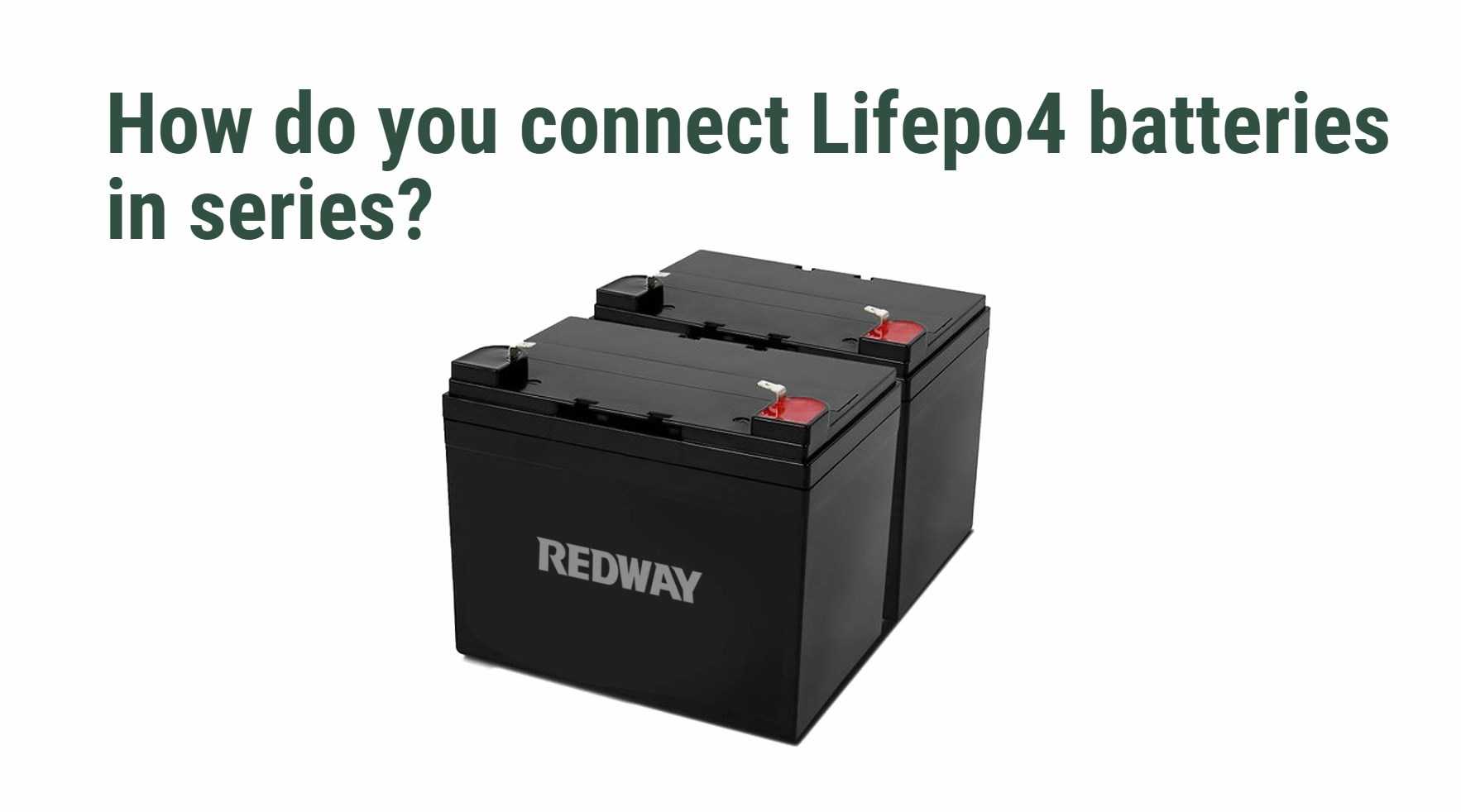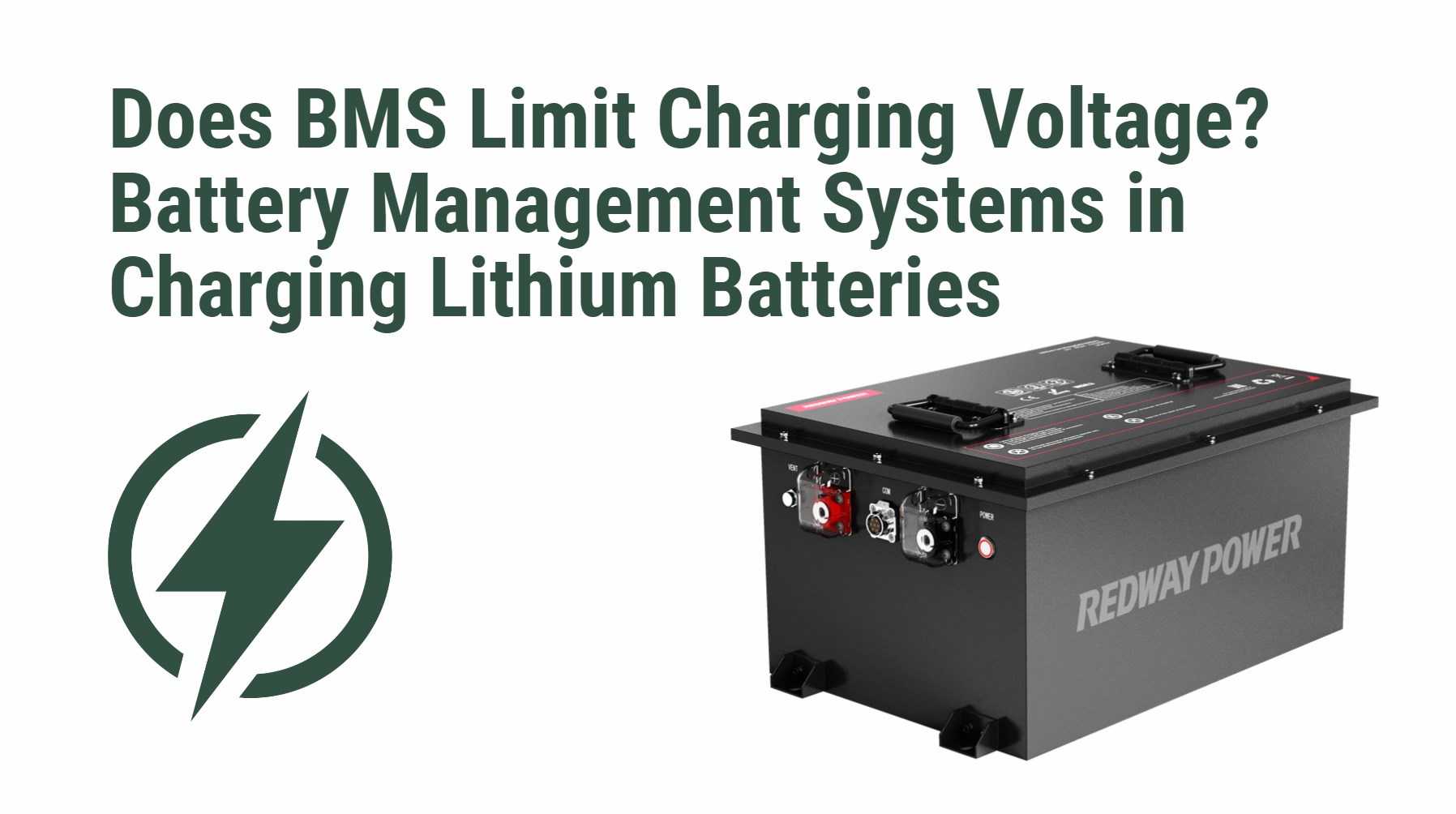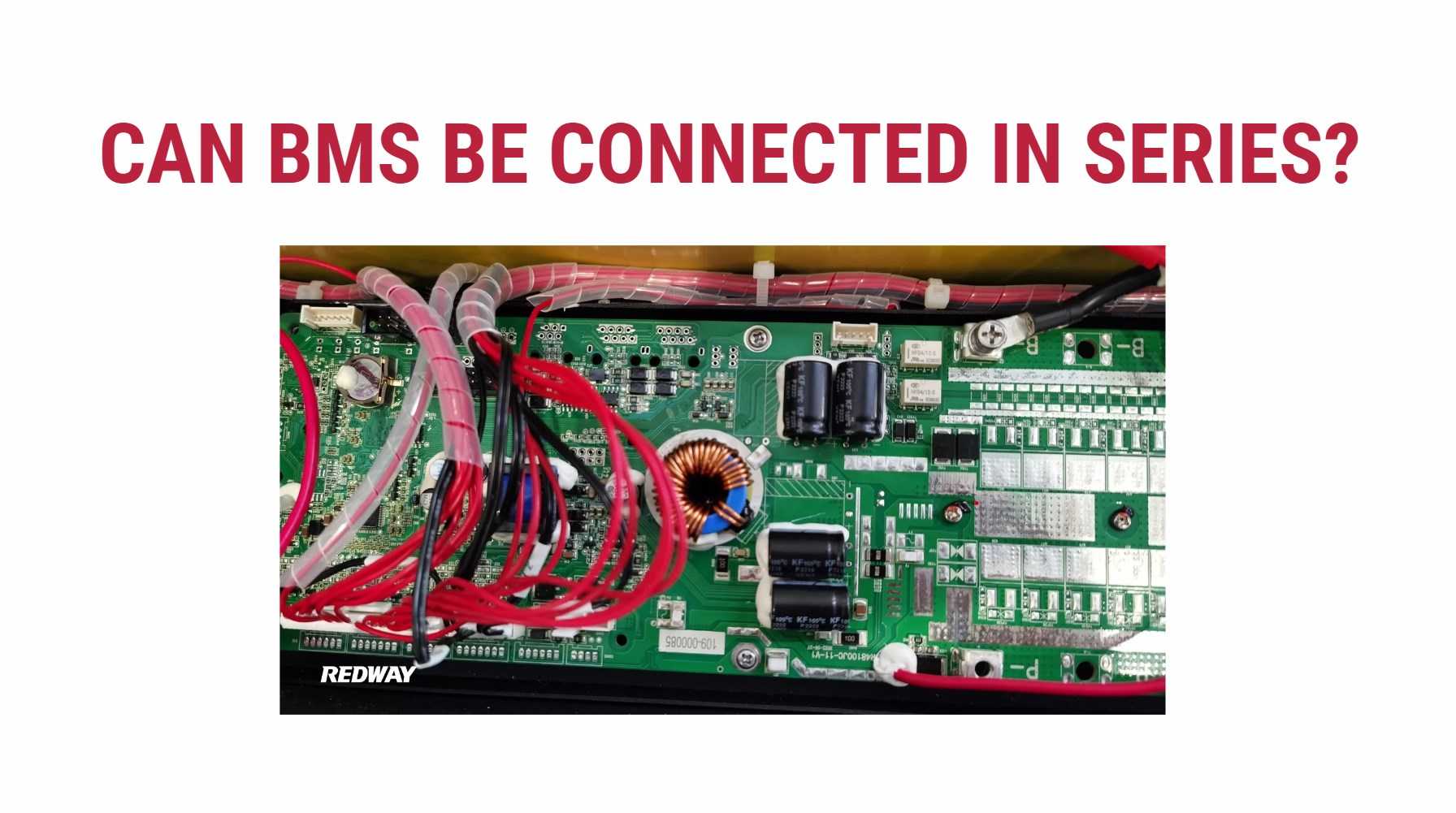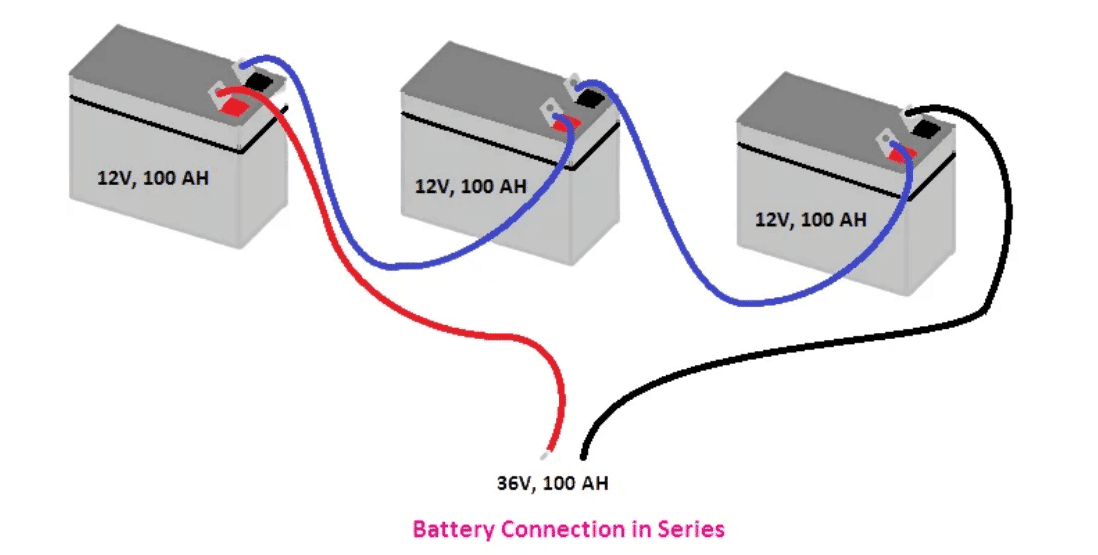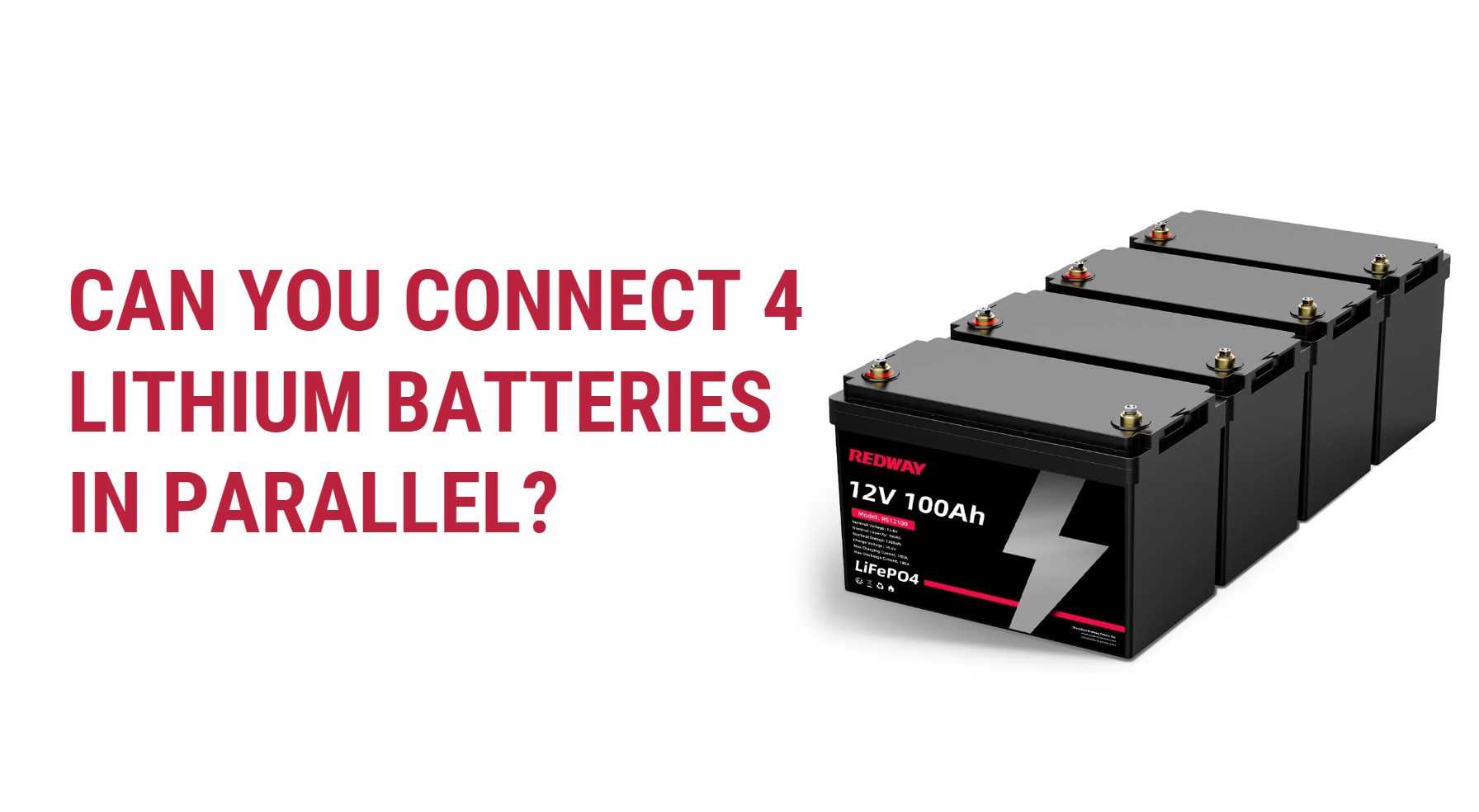Can LiFePO4 Batteries Last 20 Years?
The longevity of Lithium Iron Phosphate (LiFePO4) batteries has become a focal point for consumers and industries alike, especially as the demand for sustainable energy solutions continues to rise. With claims of extended lifespans, many wonder if LiFePO4 batteries can indeed last up to 20 years. In this article, we will explore the factors that contribute to the lifespan of LiFePO4 batteries, their advantages, and how to maximize their longevity.
Understanding LiFePO4 Battery Chemistry
LiFePO4 batteries are a type of lithium-ion battery known for their stability, safety, and long cycle life. The chemistry involves lithium ions intercalating into iron phosphate during charging and discharging cycles. This unique structure contributes to several benefits that set LiFePO4 apart from other lithium-ion chemistries.
Factors Influencing the Lifespan of LiFePO4 Batteries
1. Cycle Life
One of the most significant indicators of a battery’s longevity is its cycle life, which refers to the number of complete charge-discharge cycles a battery can undergo before its capacity significantly diminishes.
-
Typical Cycle Life: LiFePO4 batteries generally offer a cycle life ranging from 3,000 to 5,000 cycles. Depending on usage patterns, this can translate to several years of reliable performance.
-
Depth of Discharge (DoD): The depth at which a battery is discharged before recharging can significantly affect its lifespan. A lower DoD (e.g., 30-50%) can extend the overall cycle life.
2. Temperature Management
Temperature plays a crucial role in determining battery performance and longevity:
-
Optimal Operating Temperature: LiFePO4 batteries perform best within a temperature range of 15°C to 25°C (59°F to 77°F). Extreme temperatures can accelerate degradation.
-
Thermal Management Systems: Implementing thermal management systems can help maintain optimal temperatures, especially in high-demand applications.
3. Quality of Components
The quality of materials used in manufacturing LiFePO4 batteries directly impacts their lifespan:
- Cell Quality: High-quality cells from reputable manufacturers are more likely to last longer than cheaper alternatives.
- Battery Management System (BMS): A robust BMS helps monitor and manage the charging and discharging processes, ensuring that the battery operates within safe limits.
Advantages of LiFePO4 Batteries
LiFePO4 batteries offer several advantages that contribute to their potential longevity:
1. Safety Features
-
Thermal Stability: LiFePO4 batteries are less prone to overheating and thermal runaway compared to other lithium-ion chemistries, making them safer for long-term use.
-
Non-toxic Materials: The use of non-toxic materials reduces environmental impact and enhances safety.
2. Low Self-Discharge Rate
LiFePO4 batteries have a low self-discharge rate, which means they retain their charge for extended periods when not in use. This characteristic is particularly beneficial for applications where batteries may sit idle for long durations.
3. High Efficiency
With a round-trip efficiency exceeding 95%, LiFePO4 batteries ensure that most stored energy can be effectively utilized. This efficiency contributes to overall system performance and longevity.
Maximizing the Lifespan of LiFePO4 Batteries
To achieve the best possible lifespan from your LiFePO4 batteries, consider the following best practices:
1. Regular Monitoring
-
Keep track of voltage levels and temperatures regularly. Many modern systems come equipped with monitoring tools that provide real-time data on battery health.
2. Proper Charging Practices
-
Use chargers specifically designed for LiFePO4 batteries. Avoid overcharging or deep discharging, as both conditions can significantly shorten battery life.
3. Optimal Storage Conditions
- If storing your batteries for an extended period, keep them at around 50% state of charge (SoC) in a cool, dry place. This practice helps minimize stress on the cells.
Data Chart: Lifespan Comparison of Different Battery Types
| Battery Type | Typical Lifespan | Cycle Life | Depth of Discharge (DoD) |
|---|---|---|---|
| Lithium Iron Phosphate (LiFePO4) | Up to 20 years (with proper care) | 3,000 – 5,000 cycles | Up to 90-100% |
| Lithium Cobalt Oxide (LCO) | 2 – 3 years | 500 – 1,500 cycles | Around 80% |
| Nickel Manganese Cobalt (NMC) | 5 – 10 years | 1,500 – 2,500 cycles | Up to 80% |
Latest News on Lithium Battery Technology
Recent advancements in lithium battery technology have focused on improving efficiency and sustainability:
- Researchers are exploring new materials that enhance energy density while maintaining safety standards.
- Innovations in recycling processes aim to recover valuable materials from used lithium batteries, contributing to environmental sustainability.
FAQs About LiFePO4 Battery Lifespan
Can I expect my LiFePO4 battery to last 20 years?
With proper care and optimal usage conditions, it is possible for LiFePO4 batteries to last up to 20 years.
How can I tell if my battery is nearing the end of its lifespan?
Signs include reduced capacity during discharge cycles, difficulty holding a charge, or physical damage such as swelling or leakage.
What should I do if my battery shows signs of degradation?
If you notice any signs of degradation, it’s advisable to consult with a professional or consider replacing the battery to ensure safety and reliability.
Conclusion
In conclusion, while it is feasible for Lithium Iron Phosphate (LiFePO4) batteries to last up to 20 years with proper care and maintenance, several factors influence their longevity. By understanding the chemistry behind these batteries and implementing best practices for usage and storage, users can maximize their investment in this advanced energy storage technology.For customized lithium solutions tailored specifically to your needs—whether for automotive applications or renewable energy systems—contact Redway Battery today for a quick quote!


